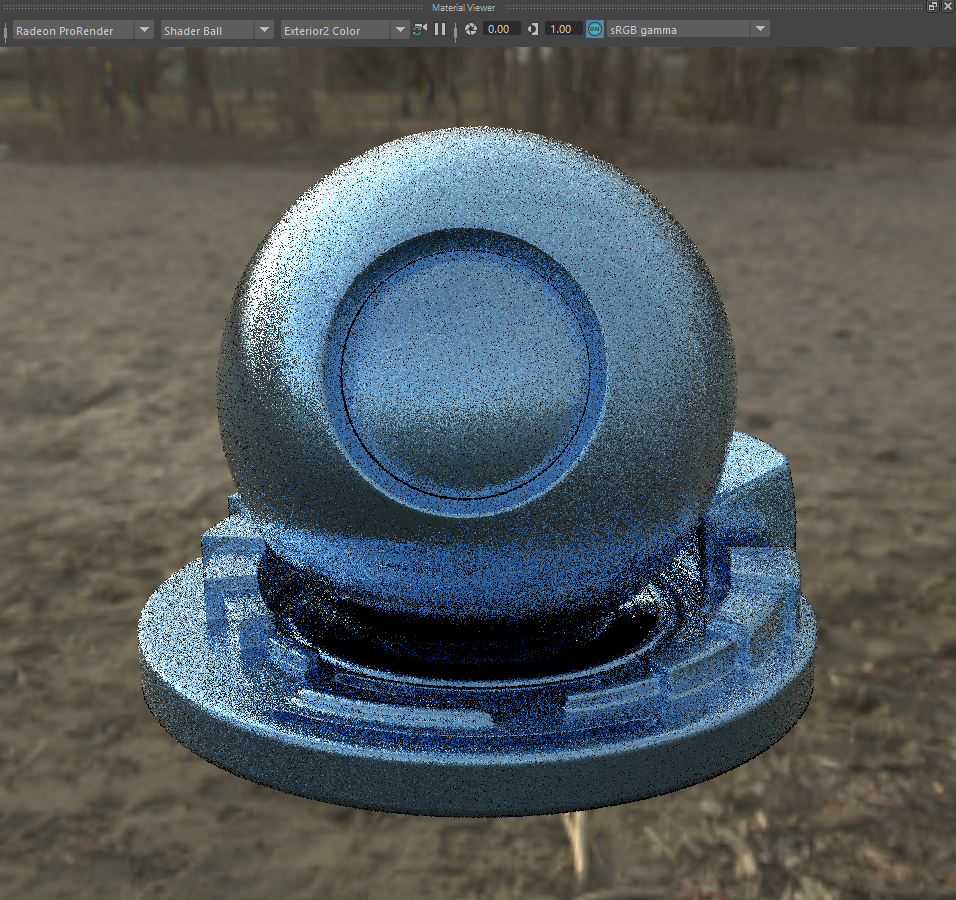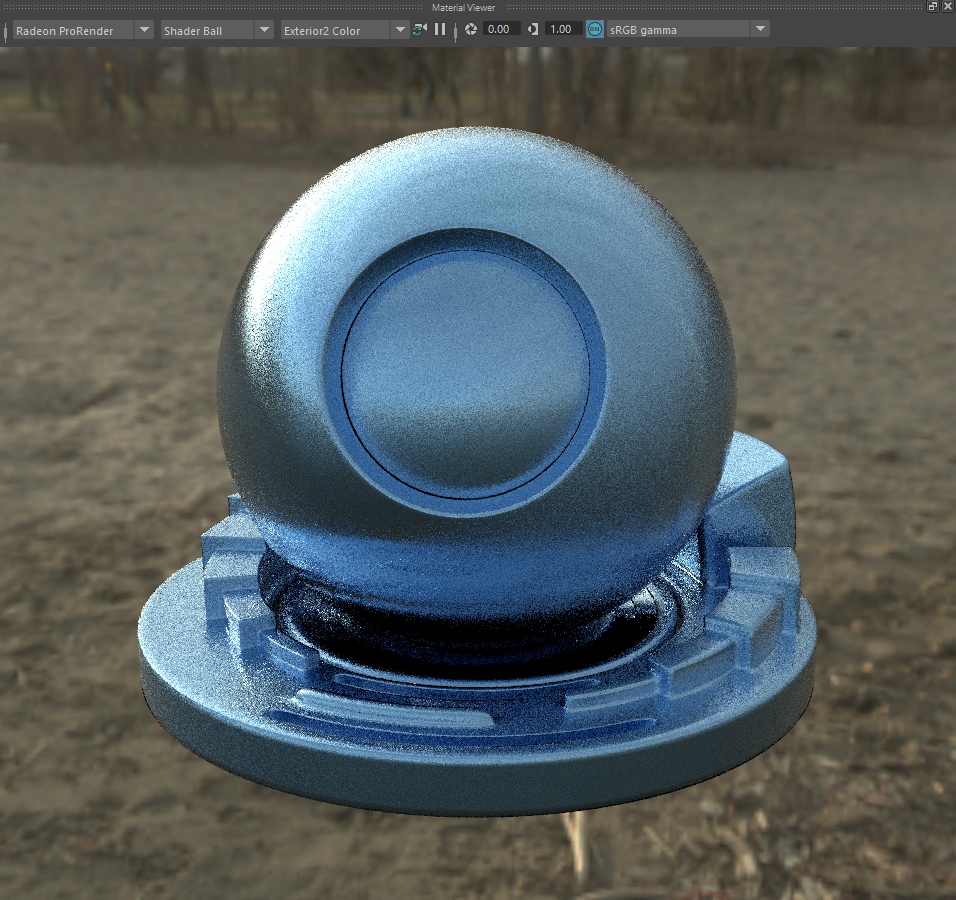System
The System settings control basic render behavior, such as what hardware will be used for rendering, what render mode will be chosen, etc.
About Radeon ProRender
In the About Radeon ProRender section, you can find information about the version of the AMD Radeon ProRender plug-in currently installed, as well as links to useful resources, such as the downloads page, documentation and community.
Preferences For
In AMD Radeon ProRender, the System settings are defined separately for the final render and for the preview (viewport render and thumbnails images). For viewport render and thumbnails, you would normally choose lower-quality settings, or settings that result in faster image recalculation.
To choose the scope of the system settings, select the necessary option from the Preferences for list: Final Render or Viewport & Thumbnail.
Render Devices
The Render Devices settings are used to define what hardware will be used for production and viewport rendering. AMD Radeon ProRender supports GPU and CPU devices.
During installation, AMD Radeon ProRender runs a hardware check to detect GPUs with OpenCL support. If any such GPUs are discovered, the first GPU card will be set as the default render device. If no OpenCL-compliant GPUs are detected, AMD Radeon ProRender will default to CPU rendering.
You can change the type of render device(s) used. The options to choose from are as follows:
CPU only. You can specify the number of threads (logical processors) to use for rendering. This is especially useful if you wish to keep a certain number of threads available for other applications during the rendering process. To set the number of threads, select the Override Thread Count option and specify the required value in the CPU Thread Count field.
GPU only. You can use one or multiple GPUs.
CPU + GPU. You can use CPU and GPU devices simultaneously.
Note
Whenever possible, select GPU devices for rendering, as this accelerates rendering. Use CPU rendering if no OpenCL-compliant GPUs are available. CPU + GPU rendering can be faster or slower depending on the relative performance of each component.
Other Settings for the Final Render
The Other Settings section controls miscellaneous render settings for the final render.
Samples per Update
The Samples per Update parameter controls how often the image will be updated during the production render. The frequency of updates is measured in the number of iterations made to calculate pixel samples.
By default, the output is updated for each 10 new iterations. Increasing this value will result in less frequent updates, but will noticeably speed up the rendering process. If you do not need much feedback as the image is rendered, set this value higher.
Other Settings for Viewport and Thumbnail
The Other Settings section controls miscellaneous render settings for the viewport render and thumbnail preview. Note that changing these settings will not affect currently active viewports: to preview an image with the new values, you should reopen the viewport.
Thumbnail Iterations Count
The Thumbnail Iterations Count parameter controls the number of samples per pixel for the material preview in Hypershade.

Thumbnail iterations count: 1 |

Thumbnail iterations count: 5 |

Thumbnail iterations count: 50 |
Enable Swatches
This parameter allows users to disable Swatches from being rendered and, by doing so, can boost performance when working in Hypershade.
By default, this setting is off (i.e. Swatches are disabled), because Swatches rendering in hypershade can reduce performance very significantly.
Render Mode
This parameter specifies the render mode to be used in the viewport.
For details, see the Viewport Render section in the documentation.
Texture Cache Setup
To reduce memory consumption, AMD Radeon ProRender supports texture caching. Instead of loading all of the texture data into memory, it loads frequently and recently accessed texture parts from cache, which allows to keep memory usage under control.
You can choose a folder in which the texture cache resides, or remove the cache files if you think the folder has grown large.